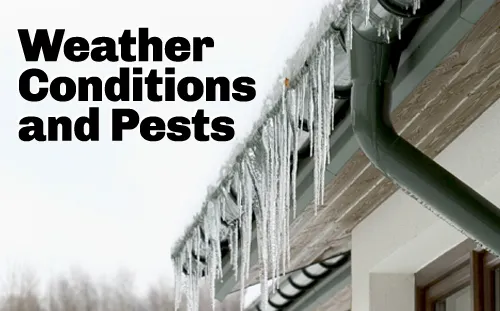In the intricate dance of dragon fruit cultivation, where precision meets sustainability, the timing and optimal conditions for pest controllers play a pivotal role. To maximize efficacy and minimize environmental impact, farmers must adhere to optimal conditions tailored to the unique needs of dragon fruit orchards. Let’s explore the key factors that dictate the optimal conditions for applying pest controllers in this vibrant agricultural landscape.
Table of Contents
Optimal Conditions for Pest Controller

1. Weather Conditions
Dragon fruit cultivation thrives in warm, tropical climates, but weather conditions can significantly impact the efficacy of pest controllers. Ideally, applications should be made during dry weather to prevent dilution or runoff of the pest controller solution. Additionally, avoiding extreme temperatures, such as high heat or freezing cold, ensures the stability and effectiveness of the applied agents.

2. Pest Life Cycle Stage
Understanding the life cycles of target pests is paramount in determining the optimal timing for pest controller application. Different pests may be more vulnerable during specific stages of development, such as egg laying, larval emergence, or adult activity. By aligning applications with key stages in the pest life cycle, farmers can maximize the impact of pest controllers and disrupt pest populations effectively.

3. Crop Growth Stage
The growth stage of dragon fruit plants also influences the timing of pest controller application. While early applications may target soil-dwelling pests or prevent pest infestations before they occur, later applications may coincide with flowering or fruiting stages, where pests pose a more significant threat to yield and quality. Tailoring application timing to match crop growth stages ensures optimal protection without compromising plant health or fruit development.
4. Time of Day
The time of day at which pest controllers are applied can impact their efficacy and longevity. Generally, early morning or late evening applications are preferred, as cooler temperatures and reduced UV exposure minimize the risk of evaporation or degradation of the applied agents. Additionally, these times coincide with periods of reduced pest activity, allowing for better penetration and targeting of pest populations.

5. Application Method
The method of application also plays a crucial role in ensuring the optimal distribution and effectiveness of pest controllers. Whether through foliar sprays, soil drenches, or trunk injections, selecting the appropriate application method depends on factors such as pest species, plant physiology, and orchard layout. Employing precise and calibrated equipment further enhances the uniformity and efficiency of pest controller application.
6. Environmental Considerations
Environmental factors, such as wind speed and direction, humidity levels, and proximity to water bodies or sensitive habitats, must be carefully considered before applying pest controllers. High winds can lead to drift and off-target deposition of the sprayed solution, while excessive humidity may affect drying times and efficacy. Furthermore, avoiding applications near water bodies helps mitigate the risk of contamination and protects aquatic ecosystems.
Conclusion: Precision in Practice
In the intricate tapestry of dragon fruit cultivation, achieving optimal conditions for applying pest controllers requires a delicate balance of timing, technique, and environmental stewardship. By aligning applications with weather patterns, pest life cycles, crop growth stages, and environmental considerations, farmers can maximize the effectiveness of pest control interventions while minimizing their ecological footprint. In embracing precision agriculture principles, dragon fruit growers pave the way for sustainable pest management practices that safeguard both crop health and environmental integrity.
